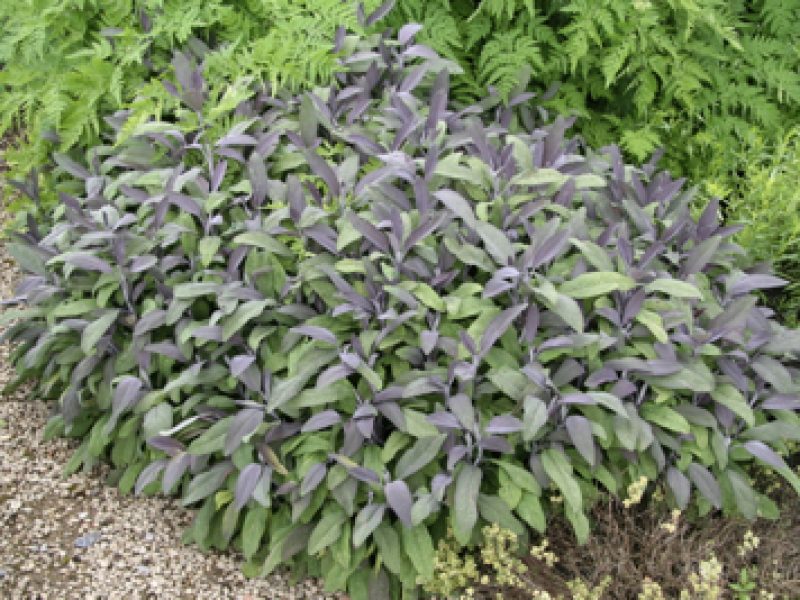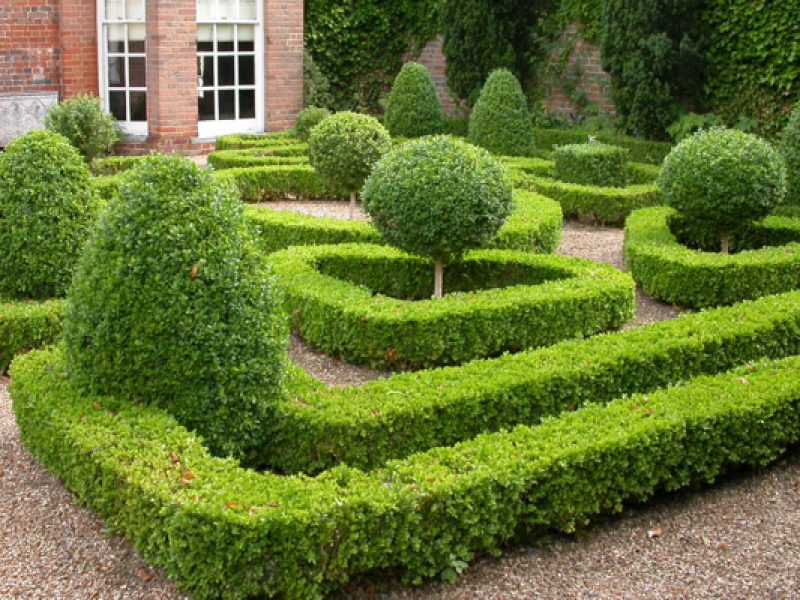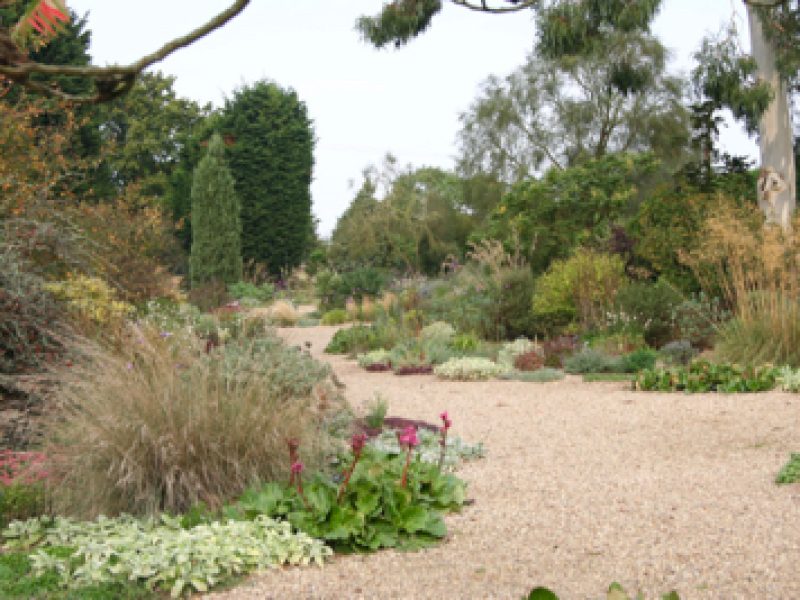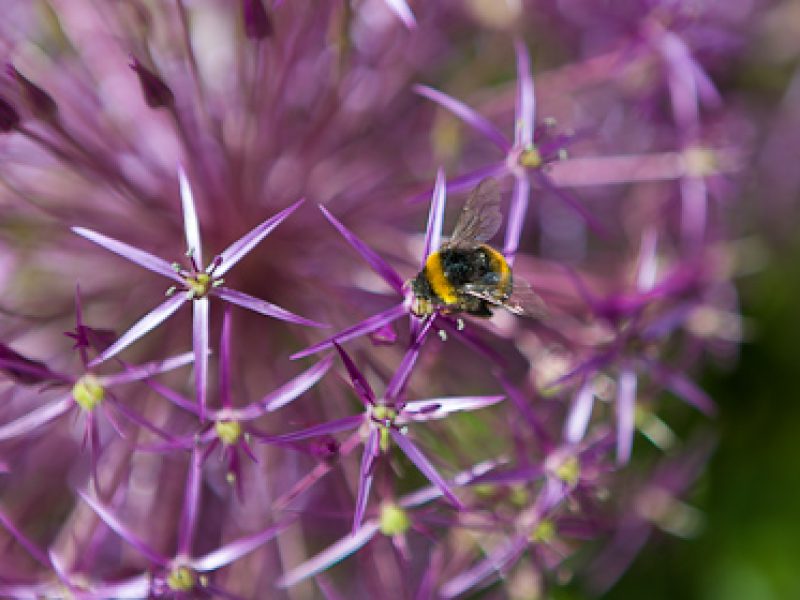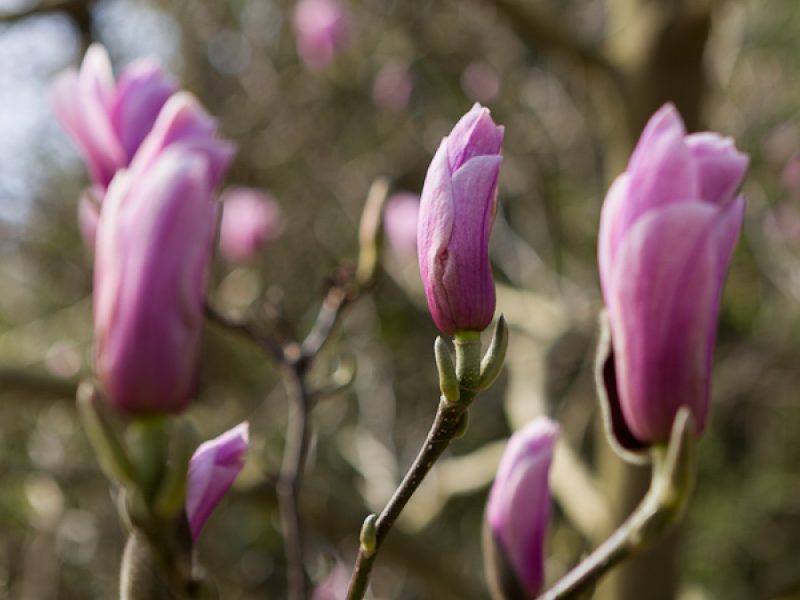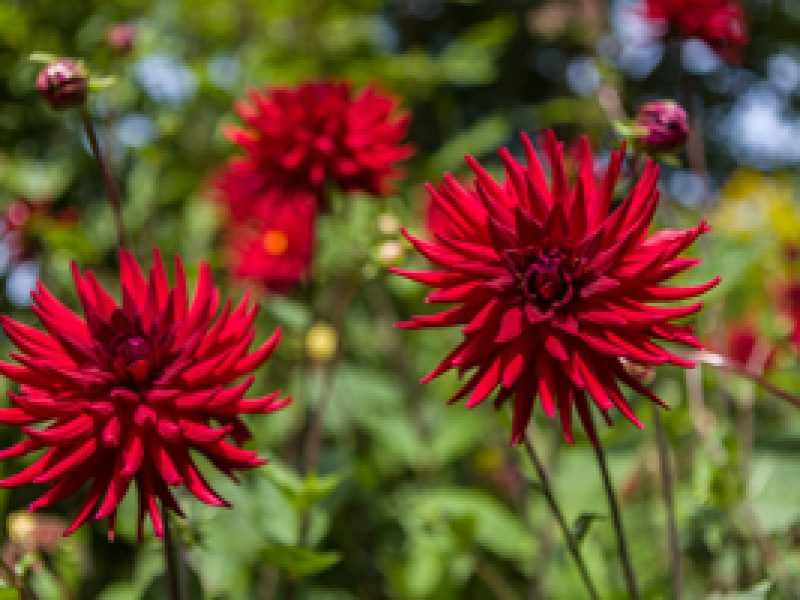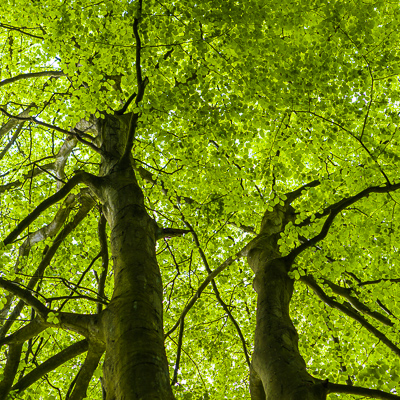
Autumn is the best time to plant new trees. From November until March you can buy a wide variety of ‘bare-root’ and rootball trees (which are dug out of the ground in the dormant season). If you plant now, the trees have plenty of time to establish during the wet winter months before they have to cope with any dry or hot weather we may be lucky enough to enjoy next summer. (Well, you can live in hope!)
So how do you decide what to plant? There are a number of really important factors to take in to consideration before you make your final choice:
Soil & site conditions
If your new tree is going to thrive, you need to understand what sort of conditions that tree is going to enjoy. What’s the pH of your soil (acid or alkaline, or somewhere in between)? Does it drain well or are you gardening on heavy clay? Trees that do well in free-draining sandy soils may die if they’re planted on a site that’s prone to waterlogging. A lot of the trees that give us rich red autumn leaf colour, like Acers and Liquidambar, colour better in acid soil.
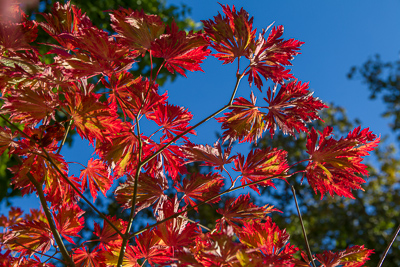
Is your garden windy or sheltered? Is it sunny enough? Do some areas get particularly frosty in winter? Is the tree you are buying hardy enough to cope with winter conditions where you live?
Tree size
Make sure you know how big your tree will eventually get. Of course, any plant could grow much bigger in one garden than it would in another depending on how happy it is, but there’s no point planting a tree that’s likely to be too big for your space in 5, 10 or even 20 years’ time.
If you only have a small area to plant in, think about opting for a large shrub instead. Many deciduous shrubs (some varieties of Viburnum or Euonymus for example) get up to 8 to 10 feet high, so could in fact be a good alternative to a small tree if you’re short of space.
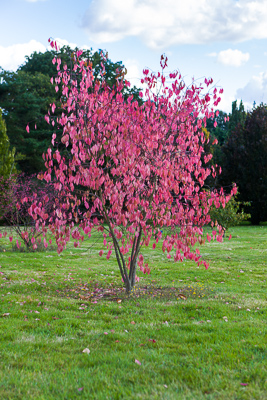
Or you could opt for a tree that can be pollarded or coppiced on a regular basis to keep it small (such as Catalpa, Corylus or Salix). And don’t forget that when trees get big, they cast shade and their roots take a lot of moisture out of the soil, so in time that will affect what else you can grow around them.
Positioning your trees
Be very careful about planting trees near buildings or other hard landscaping features. Some trees are more suitable than others to be planted nearer buildings as they have less extensive root growth, but it’s not an exact science and it’s very important to take potential root damage into account when siting a tree. Moisture-loving trees such as Alders would be best planted well away from any buildings or drains.
Tree shape
Think about the shape of the tree and how it will work in your space. If you don’t have a wide area to plant, go for a tall columnar tree (such as Pyrus calleryana ‘Chanticleer’) rather than a spreading one like Prunus serrula. And if you have space for a group of trees, mix them up to create an interesting combination of shapes and sizes. Or if you prefer to keep it simple, plant a group of the same trees. Either way, give it some careful thought.
Season of interest
This is particularly important if you are planting a single tree as a focal point – don’t be seduced by something you see that happens to look gorgeous when you’re down at the garden centre. It might have lovely flowers for 2 weeks, but what about the rest of the year?
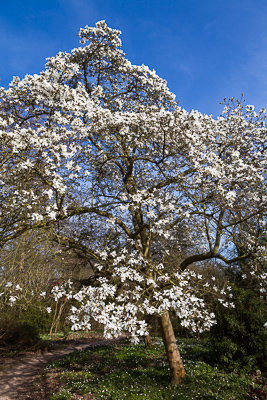
Think about spring blossom, catkins, attractive foliage, autumn colour, lovely winter bark, an attractive shape when the leaves have dropped, berries – and if you can, find a tree that combines at least a few if not all of those features!
Buy quality plants
With the ever-increasing number of viruses hitting trees these days, it’s more important than ever to know that the trees you are planting come from a healthy source and aren’t likely to die or bring disease in to your garden. Not always easy to tell, but it’s certainly important to do your best to buy from a reputable nursery or grower.
Pests & diseases
Many of my clients are blessed (if that’s the right word) with deer & rabbits and all sorts of other wildlife in their garden. There are some trees which are (allegedly) less prone to damage than others, so either be prepared to protect your new trees with rabbit guards or wire netting, or go for varieties which are less likely to be munched.
Honey Fungus can be devastating to trees and shrubs, but there are plants which are more susceptible to attack than others, so should be avoided. Trees vulnerable to Honey Fungus include Betula (Birch), Cotoneaster, Fagus (Beech), Malus and Sorbus.
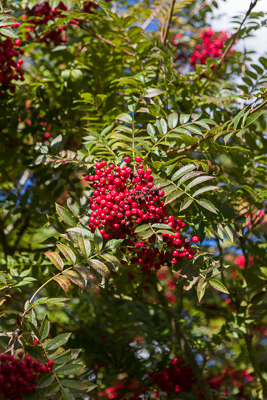
For up to date information on harmful fungi and diseases, the RHS website is always a very useful source (www.rhs.org.uk).
And whatever tree or trees you decide on, plant them carefully with organic matter, stake them well (and loosen ties as the tree trunks grow), and remember to water them in any dry periods (including winter) for 2 or 3 years, not just the first couple of months. And be happy in the knowledge that all your research and hard work will be admired for years to come!
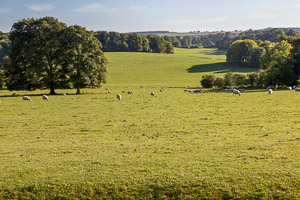
Picture credits: www.firgrovephotographic.co.uk

